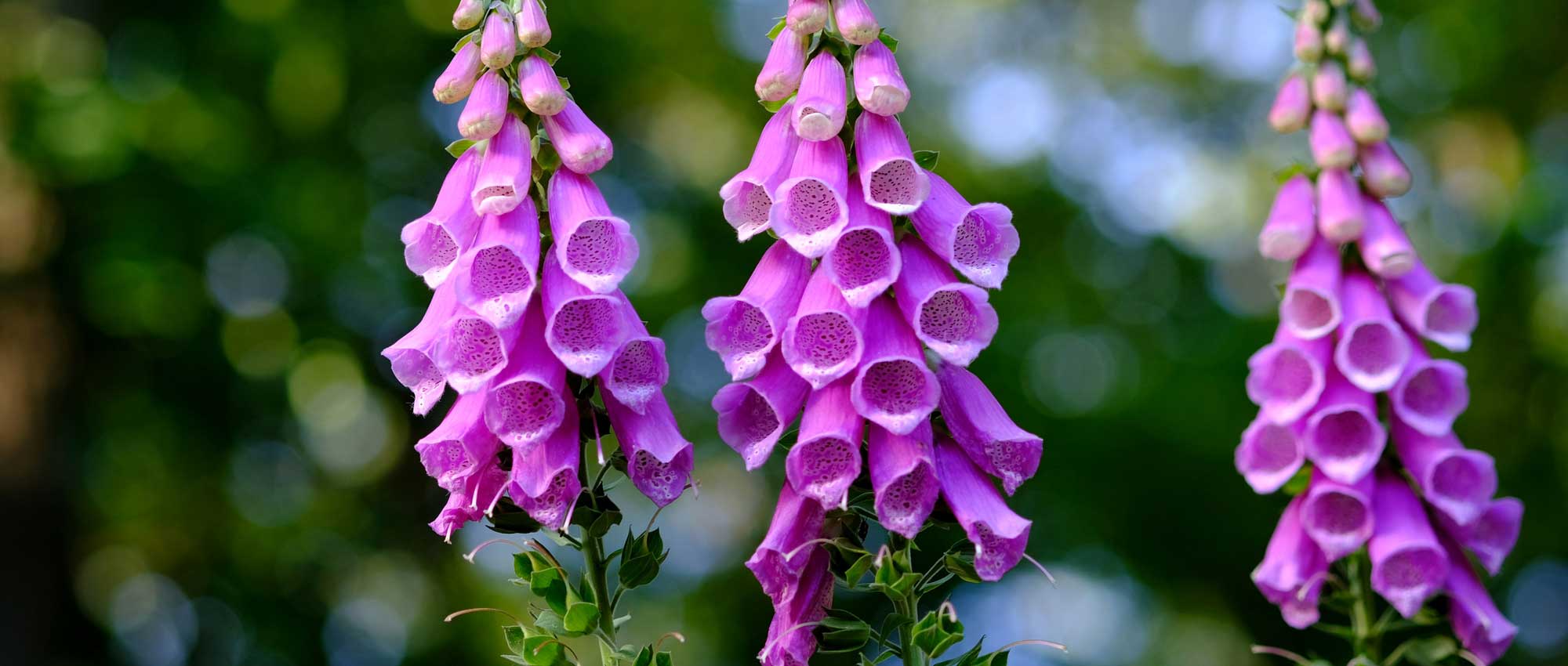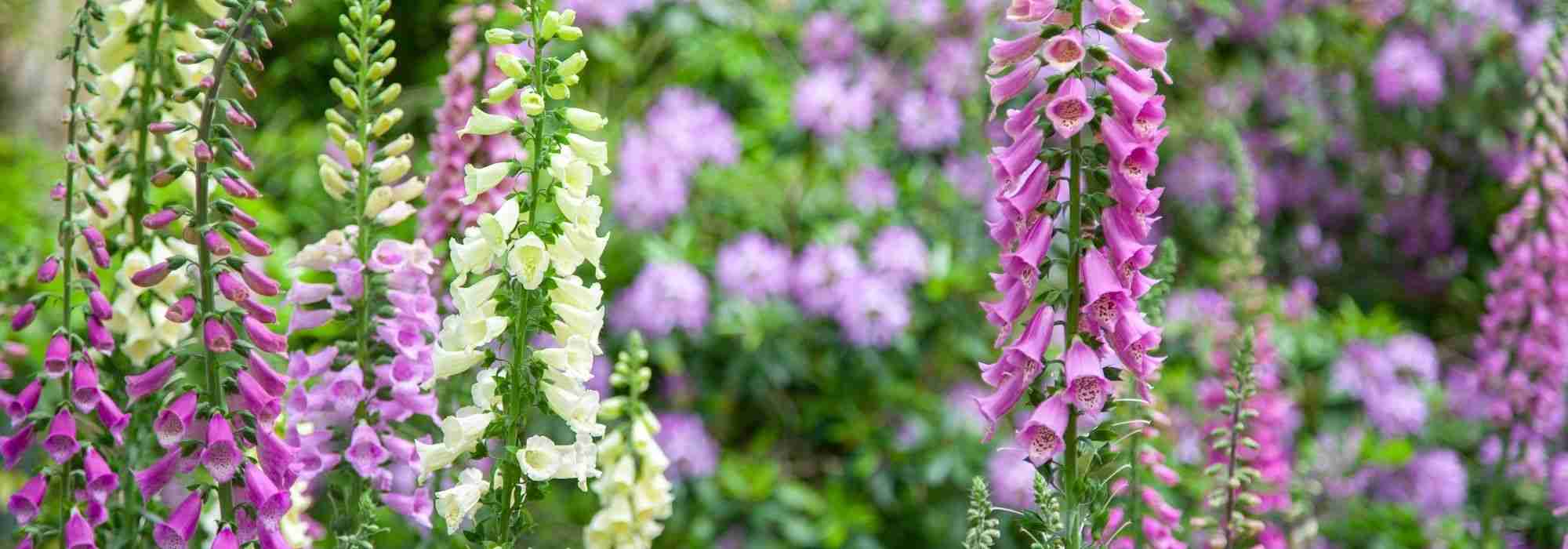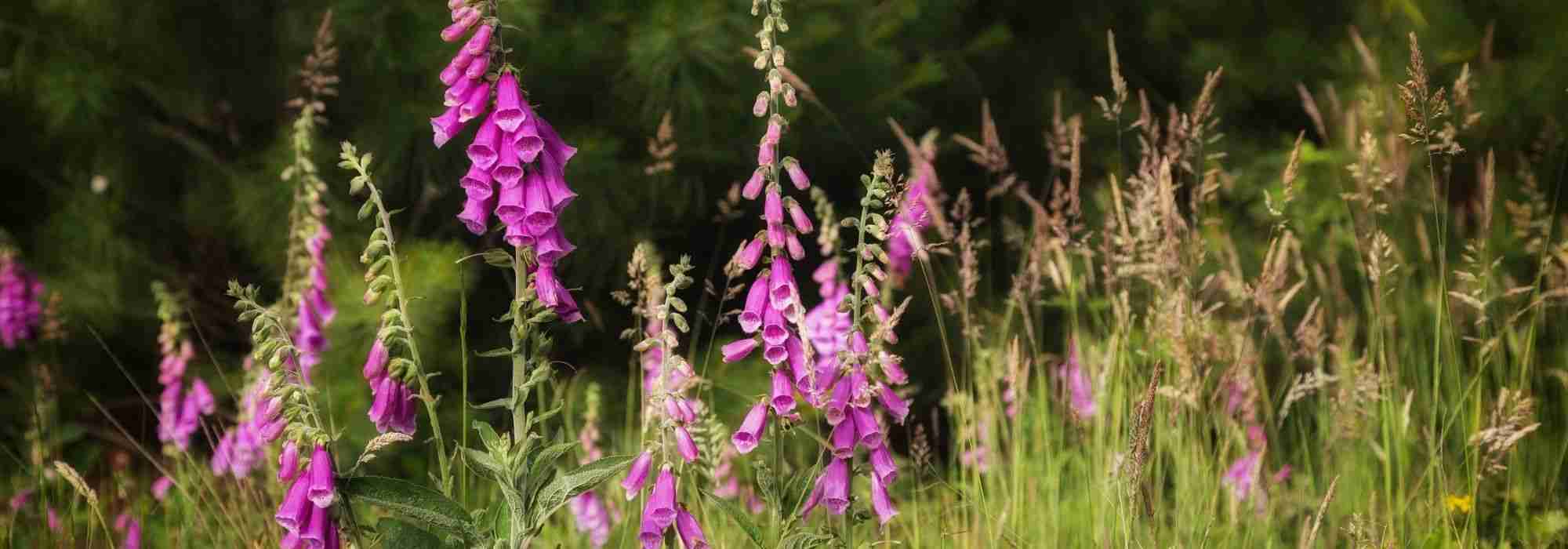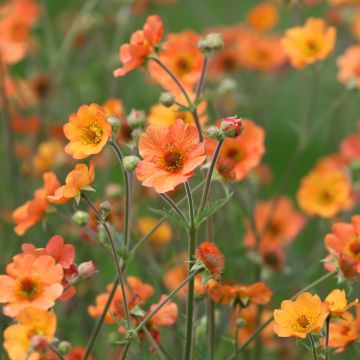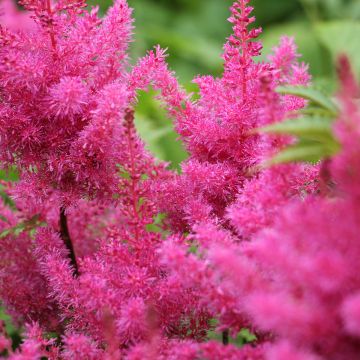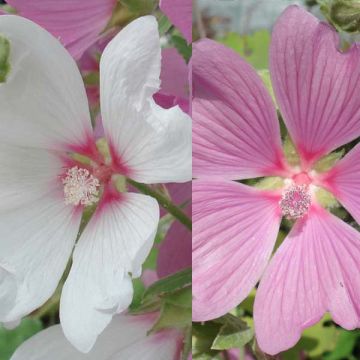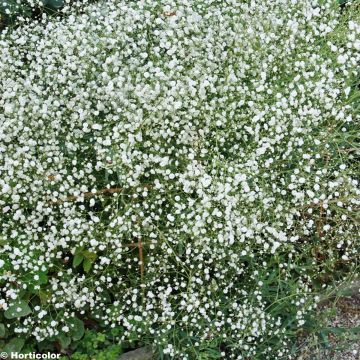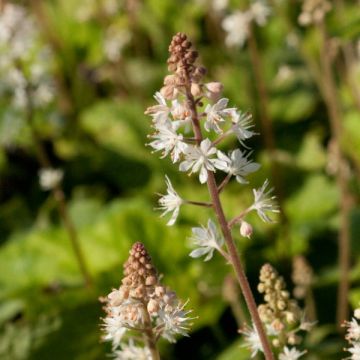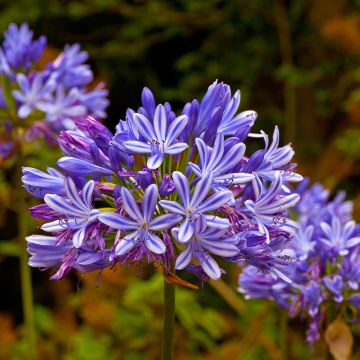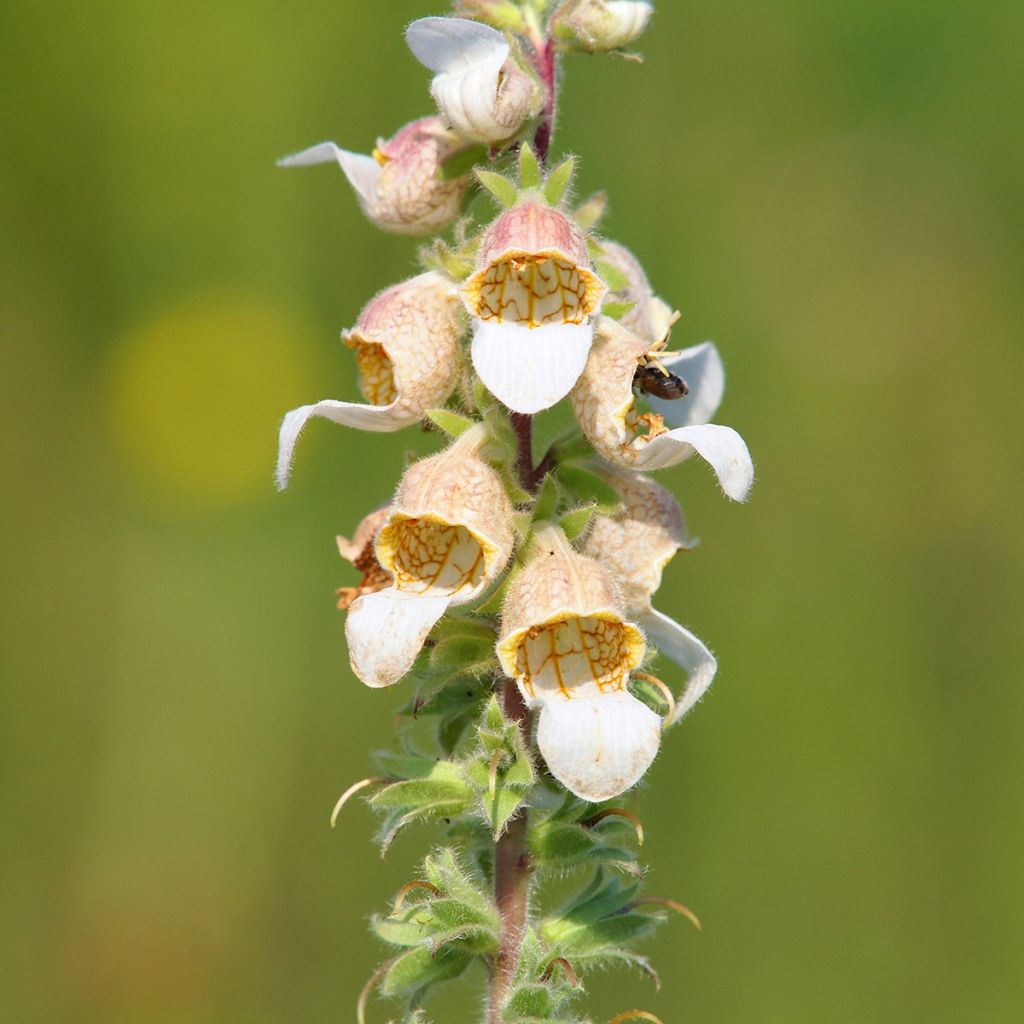

Digitalis lanata Café Crème - Foxglove
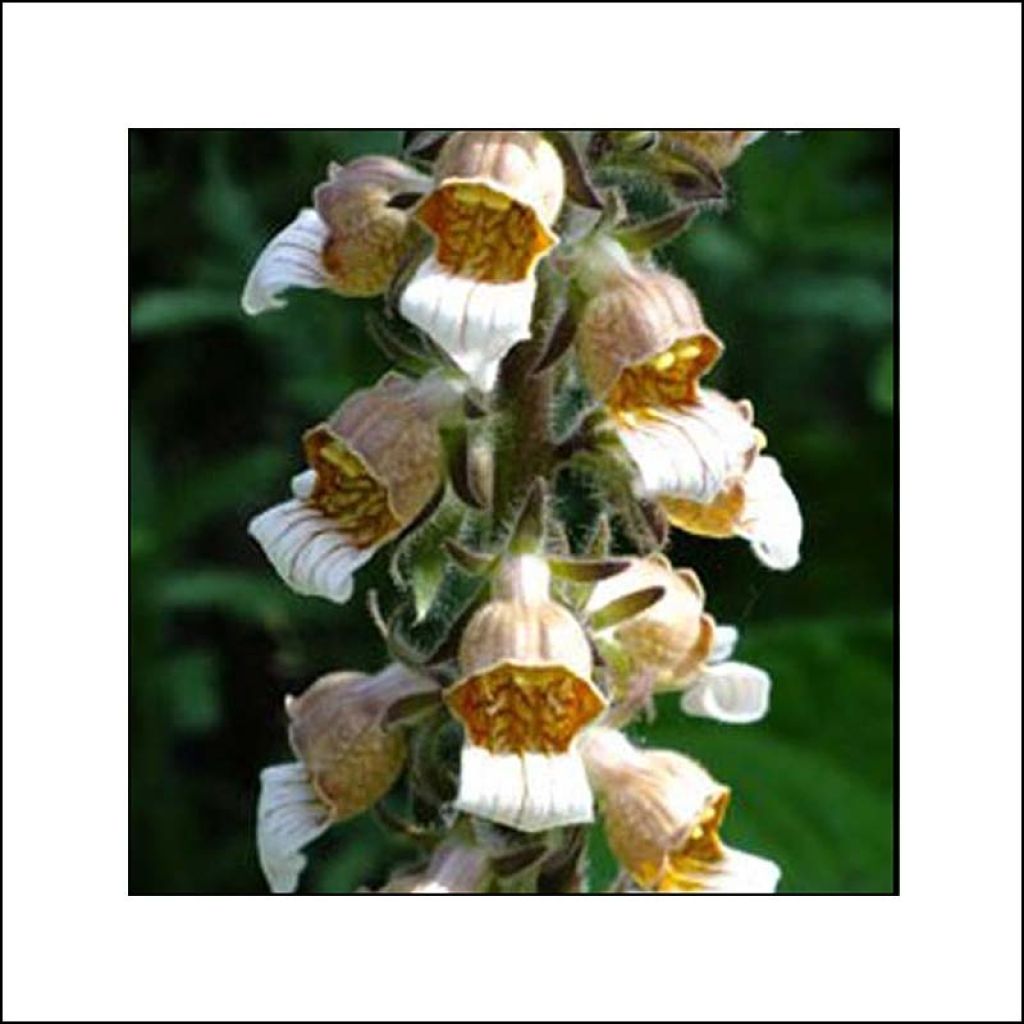

Digitalis lanata Café Crème - Foxglove
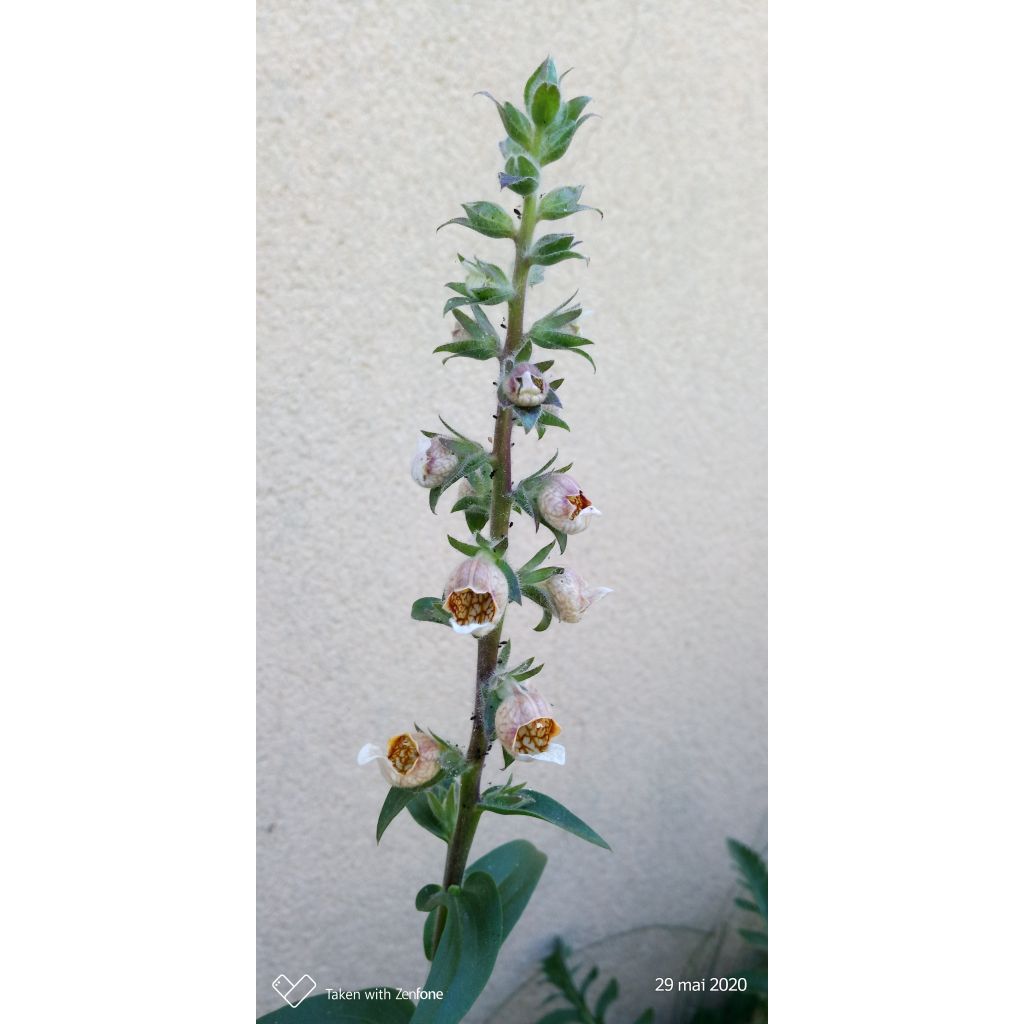

Digitalis lanata Café Crème - Foxglove
Digitalis lanata Café Crème - Foxglove
Digitalis lanata Café Crème
Woolly Foxglox, Grecian Foxglove, Austrian Foxglove
She arrived in perfect condition in mid-April..Planted immediately, and she's already starting to flower..So delicate!
Marie-Agnès, 30/05/2020
Special offer!
Receive a €20 voucher for any order over €90 (excluding delivery costs, credit notes, and plastic-free options)!
1- Add your favorite plants to your cart.
2- Once you have reached €90, confirm your order (you can even choose the delivery date!).
3- As soon as your order is shipped, you will receive an email containing your voucher code, valid for 3 months (90 days).
Your voucher is unique and can only be used once, for any order with a minimum value of €20, excluding delivery costs.
Can be combined with other current offers, non-divisible and non-refundable.
Home or relay delivery (depending on size and destination)
Schedule delivery date,
and select date in basket
This plant carries a 12 months recovery warranty
More information
We guarantee the quality of our plants for a full growing cycle, and will replace at our expense any plant that fails to recover under normal climatic and planting conditions.

Does this plant fit my garden?
Set up your Plantfit profile →
Description
Digitalis lanata 'Café Crème', a beautiful descendant of the woolly foxglove, is a spectacular plant in appearance, but with a paradoxically discreet and subtle flowering, which should be highlighted in the garden. This biennial to perennial plant is fabulous when it displays its stout spikes in summer, where tightly packed globular flowers of pearl grey, coffee, and purple are found. Less demanding in terms of soil and moisture than the purple foxglove found in our woodlands, it will thrive in ordinary soil, including limestone and occasionally dry soil. It will flourish in sunny or partially shaded borders and flowerbeds.
Digitali Café Crème is a cultivar derived from Digitalis lanata, a plant from the Plantaginaceae family native to Italy, Hungary, Turkey, and the Balkans. It has naturalised in various regions of North America and Europe. English speakers refer to this plant, widespread in the mountains of Greece, as the 'Grecian foxglove'. It can be found in shrubland, forests, grassy areas, mostly in sunny to partially shaded locations. 'Café Crème' has been awarded by the Royal Horticultural Society (R.H.S) in England for its ornamental qualities and performance in the garden.
It is a short-lived biennial to perennial herbaceous plant that develops a large persistent rosette with a diameter of 30-40 cm (12-16in) from spring onwards. It has entire, hairy, lanceolate leaves with prominent veins, and dark green colour. In the second year, from June to August, tall, sturdy flower spikes rise, almost blackish-purple and woolly in appearance, reaching a height of 60 to 80 cm (24 to 32in). They have small leaves on their lower third and bear numerous tightly packed flowers on their upper part. Each flower consists of a reddish and hairy calyx, releasing a swollen and undulate tubular corolla with a clear lip, veined in pearl grey and purple. The throat of the flower is yellowish, veined in purple, and the exterior is shaded in coffee, bronze, and mauve. They bloom from bottom to top for 2 to 3 weeks. Each flower attracts a ballet of bees and bumblebees, tirelessly collecting nectar and pollen. After pollination, capsules (fruits) containing numerous seeds form and self-sow in light soil in the garden. This foxglove will be more perennial if the flowers are pruned before seed formation.
Plant the Café Crème woolly foxglove in full sun or partial shade, in ordinary soil that is not too dry, even limestone soil. It pairs well with pastel roses, acanthus, and small blue-flowered perennials such as perennial geraniums or blue flax. This variety, with its delicate but unusual coloration, will be enhanced by silver foliage (such as cineraria maritima, shrubby artemisias) or purple foliage like those of Loropetalum or Physocarpus. This romantic and magnificent plant will also accompany heucheras in clear woodland areas and the feathery foliage of ferns. Take advantage of these flowers in your home by creating sumptuous bouquets.
The woolly foxglove is rich in active principles used to treat heart rhythm disorders and is also cultivated for medicinal purposes. The alkaloids it contains are toxic if ingested, but not by contact. As a precautionary measure, hands should be washed after handling this plant, and it should be kept away from young children.
Digitalis lanata Café Crème - Foxglove in pictures
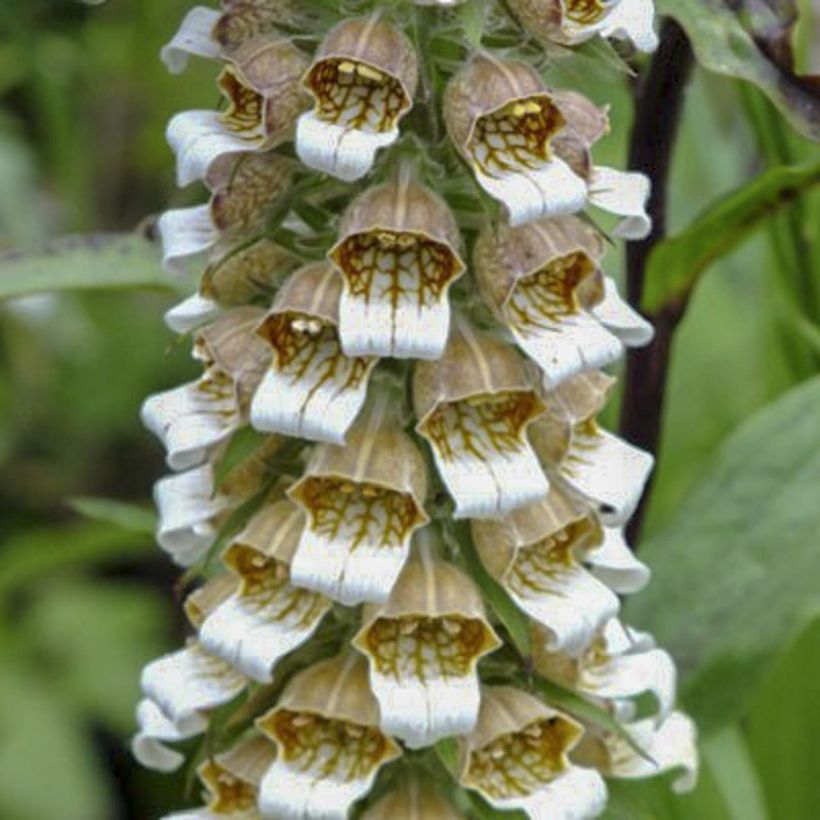

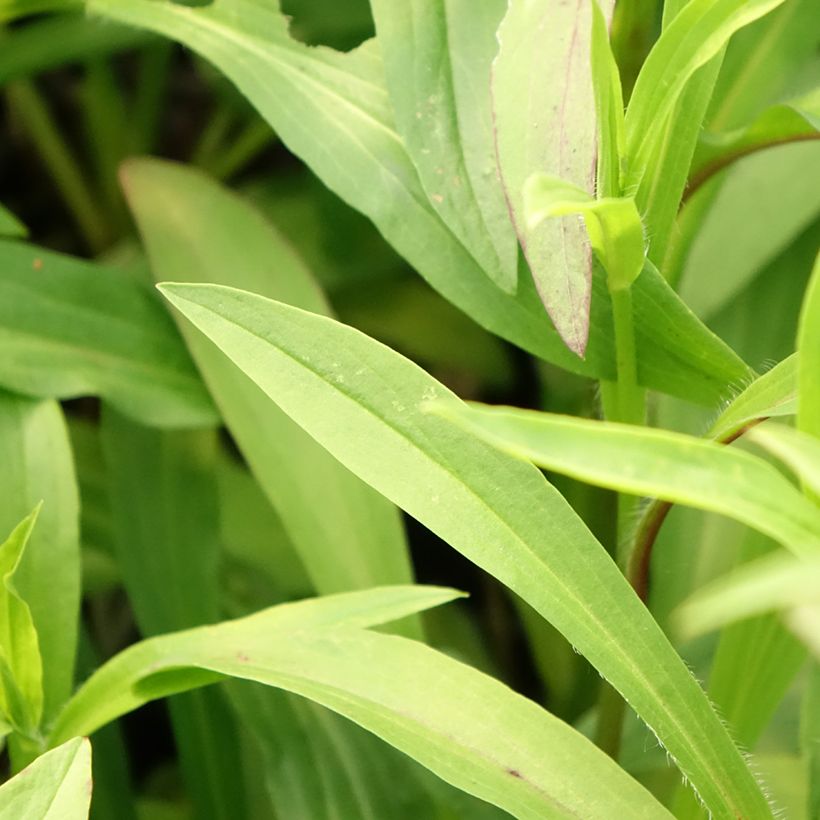

Flowering
Foliage
Plant habit
Safety measures
Botanical data
Digitalis
lanata
Café Crème
Scrophulariaceae
Woolly Foxglox, Grecian Foxglove, Austrian Foxglove
Cultivar or hybrid
ingestion
Cette plante est toxique si elle est ingérée volontairement ou involontairement.
Ne la plantez pas là où de jeunes enfants peuvent évoluer, et lavez-vous les mains après l'avoir manipulée.
Pensez à conserver l'étiquette de la plante, à la photographier ou à noter son nom, afin de faciliter le travail des professionnels de santé.
Davantage d'informations sur https://plantes-risque.info
Planting and care
Plant Digitalis lanata in a humus-rich, moist to dry, well-drained, even calcareous soil in a sunny to partially shady position, but not too hot or dry. A well-drained soil improves its hardiness. Let the plant self-sow to keep it in your garden, as it is not a long-lasting perennial. The woolly foxglove and its varieties self-sow abundantly in the garden, but the resulting plants are rarely identical to the parent plants when it comes to horticultural selections.
Planting period
Intended location
Care
Planting & care advice
-
, onOrder confirmed
Reply from on Promesse de fleurs
Similar products
Haven't found what you were looking for?
Hardiness is the lowest winter temperature a plant can endure without suffering serious damage or even dying. However, hardiness is affected by location (a sheltered area, such as a patio), protection (winter cover) and soil type (hardiness is improved by well-drained soil).

Photo Sharing Terms & Conditions
In order to encourage gardeners to interact and share their experiences, Promesse de fleurs offers various media enabling content to be uploaded onto its Site - in particular via the ‘Photo sharing’ module.
The User agrees to refrain from:
- Posting any content that is illegal, prejudicial, insulting, racist, inciteful to hatred, revisionist, contrary to public decency, that infringes on privacy or on the privacy rights of third parties, in particular the publicity rights of persons and goods, intellectual property rights, or the right to privacy.
- Submitting content on behalf of a third party;
- Impersonate the identity of a third party and/or publish any personal information about a third party;
In general, the User undertakes to refrain from any unethical behaviour.
All Content (in particular text, comments, files, images, photos, videos, creative works, etc.), which may be subject to property or intellectual property rights, image or other private rights, shall remain the property of the User, subject to the limited rights granted by the terms of the licence granted by Promesse de fleurs as stated below. Users are at liberty to publish or not to publish such Content on the Site, notably via the ‘Photo Sharing’ facility, and accept that this Content shall be made public and freely accessible, notably on the Internet.
Users further acknowledge, undertake to have ,and guarantee that they hold all necessary rights and permissions to publish such material on the Site, in particular with regard to the legislation in force pertaining to any privacy, property, intellectual property, image, or contractual rights, or rights of any other nature. By publishing such Content on the Site, Users acknowledge accepting full liability as publishers of the Content within the meaning of the law, and grant Promesse de fleurs, free of charge, an inclusive, worldwide licence for the said Content for the entire duration of its publication, including all reproduction, representation, up/downloading, displaying, performing, transmission, and storage rights.
Users also grant permission for their name to be linked to the Content and accept that this link may not always be made available.
By engaging in posting material, Users consent to their Content becoming automatically accessible on the Internet, in particular on other sites and/or blogs and/or web pages of the Promesse de fleurs site, including in particular social pages and the Promesse de fleurs catalogue.
Users may secure the removal of entrusted content free of charge by issuing a simple request via our contact form.
The flowering period indicated on our website applies to countries and regions located in USDA zone 8 (France, the United Kingdom, Ireland, the Netherlands, etc.)
It will vary according to where you live:
- In zones 9 to 10 (Italy, Spain, Greece, etc.), flowering will occur about 2 to 4 weeks earlier.
- In zones 6 to 7 (Germany, Poland, Slovenia, and lower mountainous regions), flowering will be delayed by 2 to 3 weeks.
- In zone 5 (Central Europe, Scandinavia), blooming will be delayed by 3 to 5 weeks.
In temperate climates, pruning of spring-flowering shrubs (forsythia, spireas, etc.) should be done just after flowering.
Pruning of summer-flowering shrubs (Indian Lilac, Perovskia, etc.) can be done in winter or spring.
In cold regions as well as with frost-sensitive plants, avoid pruning too early when severe frosts may still occur.
The planting period indicated on our website applies to countries and regions located in USDA zone 8 (France, United Kingdom, Ireland, Netherlands).
It will vary according to where you live:
- In Mediterranean zones (Marseille, Madrid, Milan, etc.), autumn and winter are the best planting periods.
- In continental zones (Strasbourg, Munich, Vienna, etc.), delay planting by 2 to 3 weeks in spring and bring it forward by 2 to 4 weeks in autumn.
- In mountainous regions (the Alps, Pyrenees, Carpathians, etc.), it is best to plant in late spring (May-June) or late summer (August-September).
The harvesting period indicated on our website applies to countries and regions in USDA zone 8 (France, England, Ireland, the Netherlands).
In colder areas (Scandinavia, Poland, Austria...) fruit and vegetable harvests are likely to be delayed by 3-4 weeks.
In warmer areas (Italy, Spain, Greece, etc.), harvesting will probably take place earlier, depending on weather conditions.
The sowing periods indicated on our website apply to countries and regions within USDA Zone 8 (France, UK, Ireland, Netherlands).
In colder areas (Scandinavia, Poland, Austria...), delay any outdoor sowing by 3-4 weeks, or sow under glass.
In warmer climes (Italy, Spain, Greece, etc.), bring outdoor sowing forward by a few weeks.






























